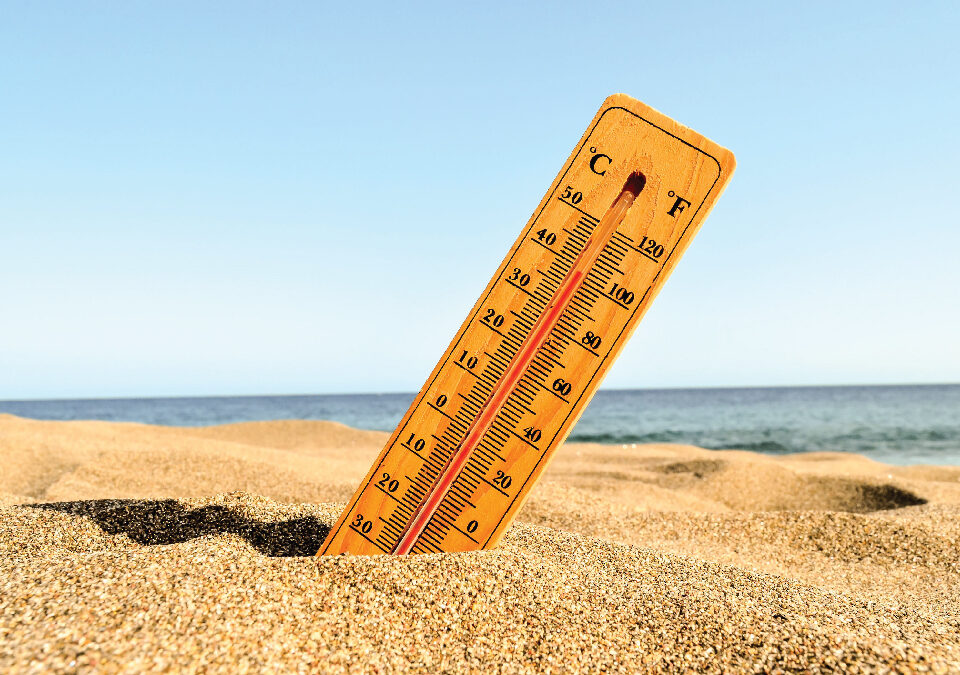
Can COVID Cause High Blood Sugar Or Diabetes?
August 16, 2021
What To Expect When Seeing A Diabetes Doctor?
August 16, 2021Most of us recognize the impact of weather conditions on our health and our moods, but it’s not always clear how this affects chronic diseases such as diabetes or heart disease. Are the changes or effects that you experience simply a matter of perception or do changing weather conditions really affect diabetes? Understanding the answers to these questions is important because extreme weather events are becoming increasingly common with climate change – we are moving towards longer and hotter summers, more extreme monsoons, and on occasion colder but shorter winters.
Does Weather Affect Diabetes?
The answer is a very definite yes as blood sugar levels are affected by changes in temperature – especially extreme changes. Not all of the ill effects of extreme weather are directly caused by temperature changes and their impact on your body, but also because of the effects of extreme heat or cold on testing equipment and medications. This makes it harder to accurately monitor your blood sugar levels and to manage your diabetes. Research shows that extreme temperatures can also affect the body’s ability to produce insulin and use it effectively.
Extreme Heat And Diabetes

While low temperatures can be an issue, heat is particularly problematic, with more diabetes patients hospitalized or ending up in emergency rooms during the summer months and because of heat illness. During conditions of extreme heat, diabetes patients are more vulnerable to heat sickness and dehydration than non-diabetic individuals and can experience symptoms such as –
Increased thirst and decreased urination
Headaches and dizziness
Fatigue or weakness
Dryness of the mouth
Low blood pressure
Increased heart rate
The reason for increased vulnerability to heat illness is because of damage to the blood vessels and nerves that results from diabetes, which also affects sweat production and your body’s ability to cool down.
Extreme Cold And Diabetes

Extreme cold can be just as brutal for diabetes patients with most recording higher levels of HbA1c during the winter months as compared to during other times. Sugar levels are more likely to rise if you’re in a region with extreme winters with snowfall and frost. Extreme cold also has a numbing sensation on the extremities as most of us know, which is precisely why frostbite tends to first affect the toes and fingers.
Due to diabetic neuropathy or nerve damage in the extremities, diabetes patients already have reduced sensitivity in the toes and feet, making them particularly vulnerable to injury and resulting complications because of delayed wound healing – another unpleasant side effect of living with diabetes.
How To Survive Weather Changes With Diabetes
Just because diabetes makes you more vulnerable to extreme weather changes, that doesn’t mean that you are helpless against the elements. Here are some simple tips to survive both extreme heat or cold:
Always monitor your blood sugar levels regularly
Store your medications safely in an area that isn’t exposed to extreme heat or cold.
Stay active but avoid spending much time outdoors during hours of peak heat or cold.
Don’t skip workouts as exercise is important for controlling blood sugar levels.
Make sure to keep your feet protected with appropriate footwear and inspect them regularly to make sure that there are no injuries or sores.
During winter, wash your hands with warm water before doing your blood sugar test to get a more accurate reading.
So, if you have ever asked yourself ‘does weather affect diabetes?’, you know for sure that it does, but you are also better prepared to safeguard against it.




